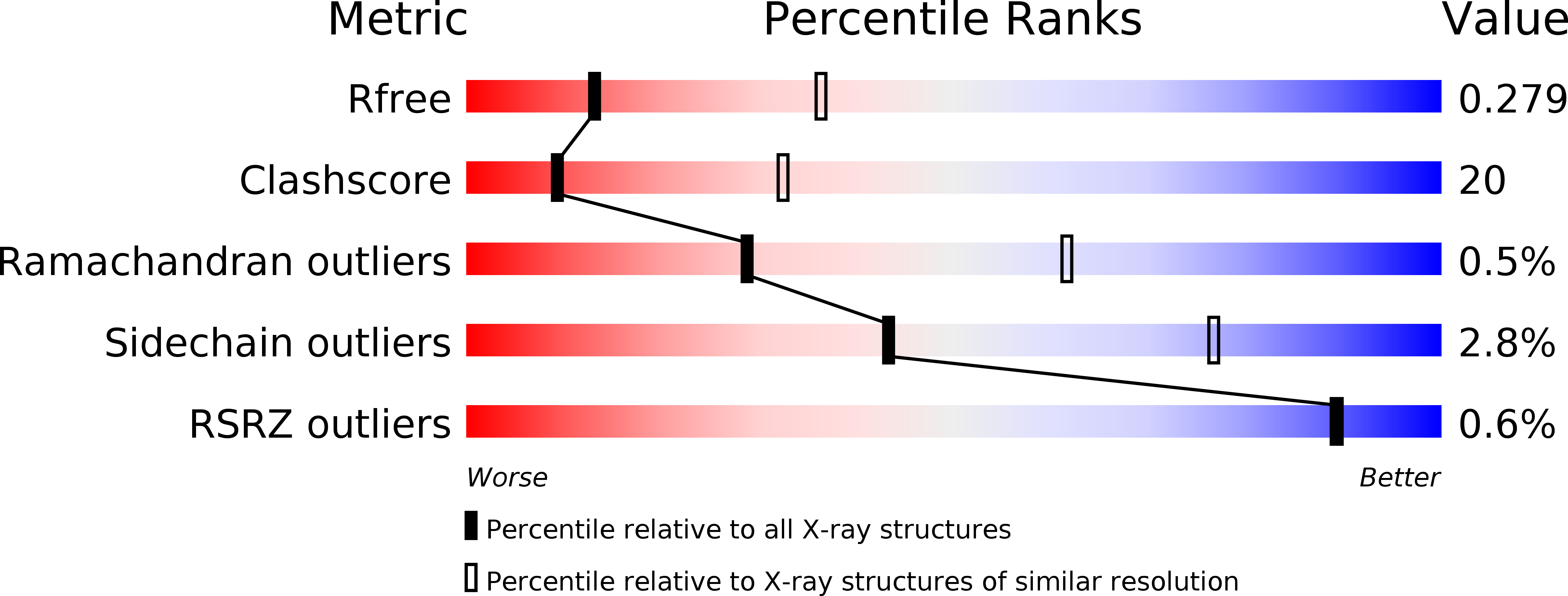
Deposition Date
2019-01-21
Release Date
2019-06-12
Last Version Date
2023-11-15
Entry Detail
PDB ID:
6NQR
Keywords:
Title:
Crystal structure of fast switching M159T mutant of fluorescent protein Dronpa (Dronpa2)- Y63(3-NO2Y)
Biological Source:
Source Organism:
Echinophyllia sp. SC22 (Taxon ID: 301887)
Host Organism:
Method Details:
Experimental Method:
Resolution:
2.90 Å
R-Value Free:
0.28
R-Value Work:
0.21
R-Value Observed:
0.22
Space Group:
P 1


